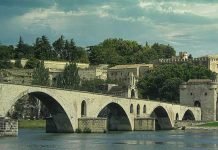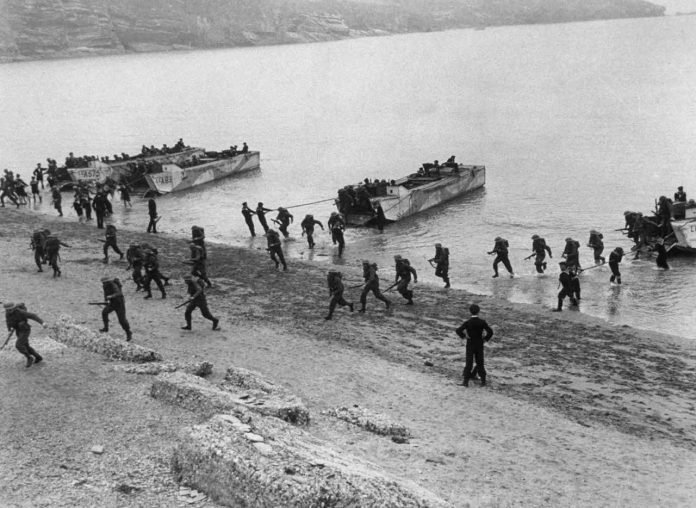Omaha and Utah Beaches, emblematic sites of heroism and sacrifice, invite visitors to step into history and honor those who fought for freedom during the defining hours of D-Day.
On June 6, 1944, a day known as D-Day, the Allied forces embarked on a mission that would change the course of history. It was on this day that over 156,000 American, British, and Canadian troops stormed the beaches of Normandy, France, to liberate Europe from Nazi occupation. Two of the most iconic of these beaches are Omaha and Utah, where American soldiers faced the fury of German defenses. Today, these beaches stand as somber and sacred grounds that allow visitors to walk in the footsteps of heroes.
Omaha Beach: The Bloodiest Battle

Stretching over five miles along the coast of Normandy, Omaha Beach bore witness to some of the bloodiest fighting of D-Day. Early that morning, American forces of the 1st and 29th Infantry Divisions, alongside Navy and Coast Guard support, landed on its sands under a hailstorm of bullets, artillery, and obstacles.
Visiting Omaha
Today, visitors to Omaha Beach will find a serene and poignant landscape. The beach itself, a broad expanse of sand at low tide, evokes a sense of both awe and melancholy. Nearby, the Normandy American Cemetery and Memorial in Colleville-sur-Mer honors the 9,387 soldiers who lost their lives here. The site includes a chapel, a memorial, and the Garden of the Missing.
Utah Beach: A More Fortunate Landing
Located further west from Omaha, Utah Beach was the westernmost landing site of the D-Day invasion. Assigned to the American 4th Infantry Division, the soldiers at Utah faced less intense German resistance than at Omaha, thanks to effective aerial and naval bombardment and the efforts of airborne troops securing the area behind the beach.
Walking Utah
Today, Utah Beach is home to the Utah Beach Museum, built around the remains of a German fortification. Visitors can wander through various exhibits that delve into the history of D-Day, view vintage aircraft and vehicles, and stand beside the actual beach where the soldiers came ashore. Outside, various monuments and plaques commemorate the heroism of the troops.
Preserving the Memory
In 2019, UNESCO included the D-Day Landing Beaches of Normandy, including Omaha and Utah, on its list of tentative World Heritage Sites, emphasizing the global recognition of these beaches’ historical significance. Efforts continue to preserve these sites and educate the public about the sacrifices made here.
Personal Reflections: A Walk on Sacred Ground
Walking along Omaha and Utah beaches is a deeply moving experience. The tranquility that now graces these shores stands in stark contrast to the chaos and violence of D-Day. Every footprint in the sand feels like a step back in time, bringing an intimate connection to the soldiers who once fought here.
Guided Tours and Educational Programs
For those who wish to delve deeper into the history of these hallowed grounds, various guided tours are available. Guides, often passionate historians, provide detailed narratives of the events that unfolded here, bringing the stories of individual soldiers to life.
Conclusion
The World War II landing beaches of Normandy, particularly Omaha and Utah, are more than historical sites; they are hallowed grounds where the fate of the free world once hung in the balance. Walking these sands is an opportunity to pay tribute to the extraordinary courage and sacrifice of those who landed here, ensuring that their legacy is remembered for generations to come.
As one stands on these beaches, looking out across the waves that once carried soldiers towards an uncertain destiny, it becomes a profound, personal encounter with history—one that inspires gratitude, respect, and reflection on the high cost of freedom.



















